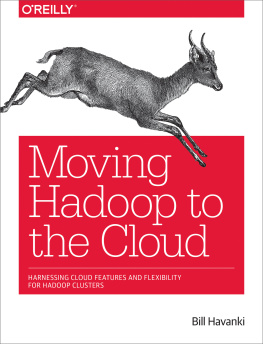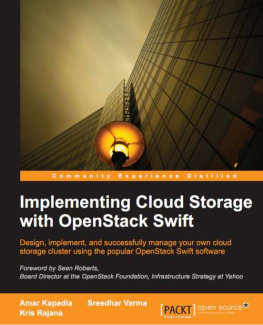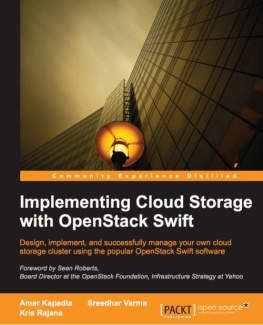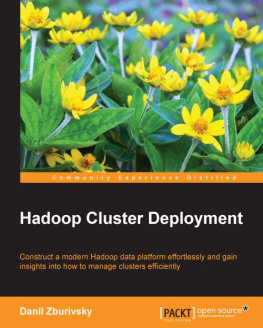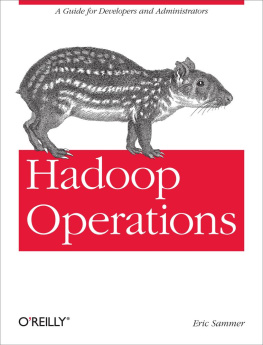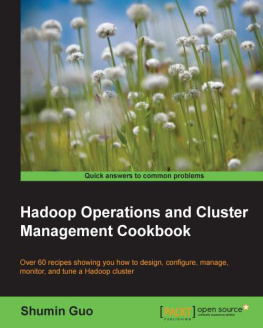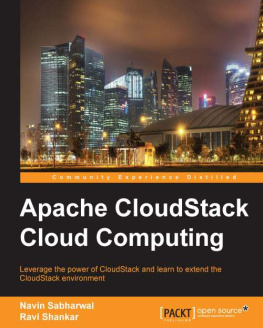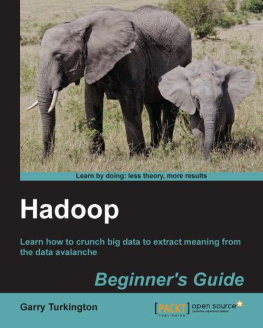Bill Havanki - Moving Apache Hadoop to the Cloud
Here you can read online Bill Havanki - Moving Apache Hadoop to the Cloud full text of the book (entire story) in english for free. Download pdf and epub, get meaning, cover and reviews about this ebook. year: 2017, publisher: OReilly Media, genre: Politics. Description of the work, (preface) as well as reviews are available. Best literature library LitArk.com created for fans of good reading and offers a wide selection of genres:
Romance novel
Science fiction
Adventure
Detective
Science
History
Home and family
Prose
Art
Politics
Computer
Non-fiction
Religion
Business
Children
Humor
Choose a favorite category and find really read worthwhile books. Enjoy immersion in the world of imagination, feel the emotions of the characters or learn something new for yourself, make an fascinating discovery.
- Book:Moving Apache Hadoop to the Cloud
- Author:
- Publisher:OReilly Media
- Genre:
- Year:2017
- Rating:3 / 5
- Favourites:Add to favourites
- Your mark:
Moving Apache Hadoop to the Cloud: summary, description and annotation
We offer to read an annotation, description, summary or preface (depends on what the author of the book "Moving Apache Hadoop to the Cloud" wrote himself). If you haven't found the necessary information about the book — write in the comments, we will try to find it.
But installing a Hadoop cluster on a public cloud service is not as straightforward as it may appear. This practical book shows you how to install these clusters in a way that harmonizes with public cloud service features, and examine ways to use and manage them efficiently.
You ll learn how to architect clusters in a way that works with the features of the provider, not only to avoid potential pitfalls, but also to take full advantage of what the services can do. A cluster installed in a suboptimal fashion will run slower and cost more than expected, which can defeat the goals of moving to the service in the first place.
Bill Havanki: author's other books
Who wrote Moving Apache Hadoop to the Cloud? Find out the surname, the name of the author of the book and a list of all author's works by series.



